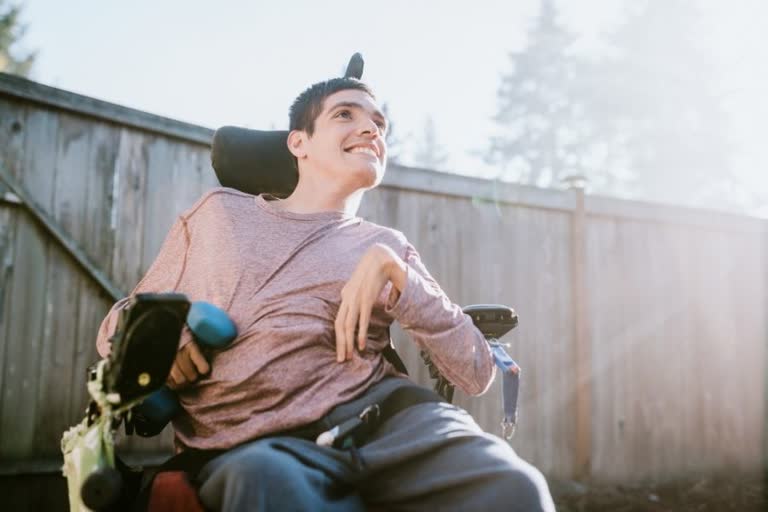Cerebral Palsy was a lesser-known condition, until Microsoft CEO, Satya Nadella’s son Zain succumbed to it at the age of 26. The CEO mentioned that Zain was born at 11:29 p.m. on August 13, 1996, all of three pounds and he did not cry. "Zain was transported from the hospital in Bellevue across Lake Washington to Seattle Children's Hospital with its state-of-the-art Neonatal Intensive Care Unit. Anu began her recovery from the difficult birth. I spent the night with her in the hospital and immediately went to see Zain the next morning. Little did I know then how profoundly our lives would change," Nadella said. So what is this condition? Let us know the basics!
According to the Centers for Disease Control and Prevention (CDC), Cerebral Palsy is a group of disorders that affect a person's ability to move and maintain balance and posture. CP is the most common motor disability in childhood. Cerebral means having to do with the brain. Palsy means weakness or problems with using the muscles. CP is caused by abnormal brain development or damage to the developing brain that affects a person’s ability to control his or her muscles. CP is a lifelong disability and there is no curative treatment available for it yet. Following are the 4 types of CP, as stated by CDC:
- Spastic Cerebral Palsy
Spastic CP affects about 80% of people with CP. People with spastic CP have increased muscle tone. This means their muscles are stiff and, as a result, their movements can be awkward. Spastic CP usually is described by what parts of the body are affected: Spastic diplegia/diparesis, Spastic hemiplegia/hemiparesis, Spastic quadriplegia/quadriparesis - Dyskinetic Cerebral Palsy
People with dyskinetic CP have problems controlling the movement of their hands, arms, feet, and legs, making it difficult to sit and walk. The movements are uncontrollable and can be slow and writhing or rapid and jerky. Sometimes the face and tongue are affected and the person has a hard time sucking, swallowing, and talking. - Ataxic Cerebral Palsy
People with ataxic CP have problems with balance and coordination. They might be unsteady when they walk. They might have a hard time with quick movements or movements that need a lot of control, like writing. They might have a hard time controlling their hands or arms when they reach for something. - Mixed Cerebral Palsy
Some people have symptoms of more than one type of CP. The most common type of mixed CP is spastic-dyskinetic CP.
Signs and symptoms
